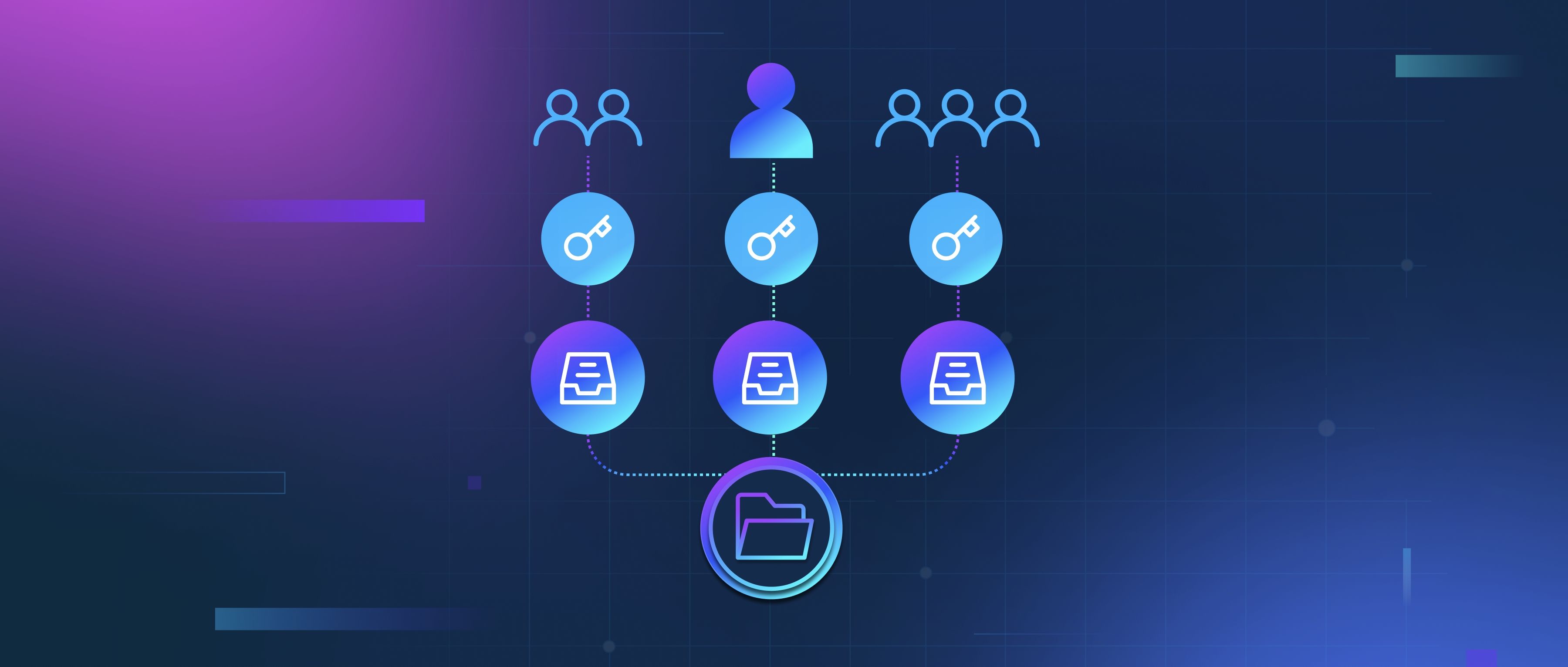When it comes to visualizing and exploring datasets, several tools stand out based on their functionality, ease of use, and community support. Popular choices include Tableau, Power BI, and open-source libraries like Matplotlib and Seaborn for developers who prefer coding. Each of these tools comes with distinct features, making them suitable for various tasks. Tableau and Power BI are particularly user-friendly, allowing users to create complex visualizations without extensive coding knowledge. They support drag-and-drop interfaces, making it easy to manipulate data and generate insights quickly.
For developers who prefer a programming approach, Matplotlib and Seaborn are excellent choices. Matplotlib is a foundational library in Python for creating basic plots and charts, while Seaborn builds on Matplotlib to provide more attractive visuals and simplified syntax for statistical graphics. These tools are particularly useful for tasks like data analysis in Jupyter Notebooks, where the visualization is a part of a broader data exploration workflow. Another library to consider is Plotly, which offers interactive charts that can be integrated into web applications easily.
In addition to these tools, it’s worth mentioning tools like Apache Superset and Google Data Studio for those looking for web-based solutions. Superset allows users to create dashboards and visualizations directly from their database connections and supports a wide range of data sources. Google Data Studio is also user-friendly, providing a way to visualize data from Google Sheets and other services. The choice of which tool to use often depends on the specific requirements of the project, such as the need for interactivity, the complexity of the datasets, or the familiarity of the team with coding.
